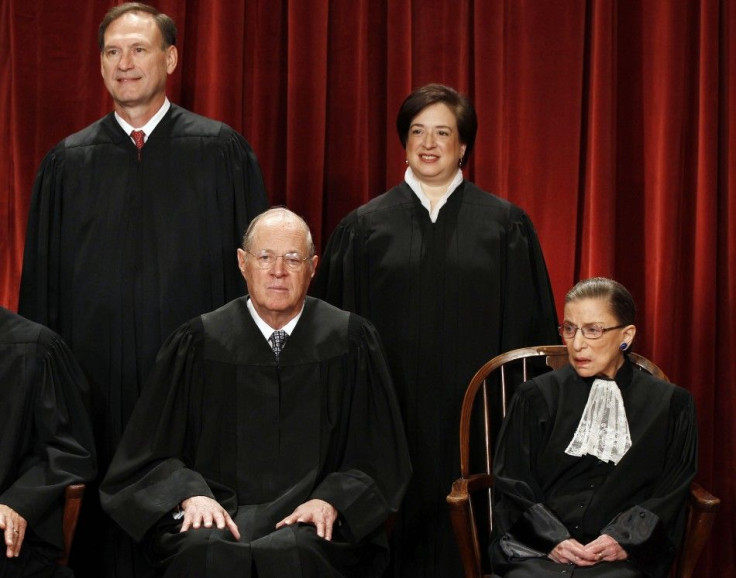Supreme Court Health Care Decision: Who Are These Black-Robed Justices?

The Supreme Court of the United States stunned the nation by declaring, in a 5-4 ruling, that President Barack Obama’s healthcare reform act is constitutional.
But who are the men and women who comprise this august body who wear black robes and operate largely out of the public view?
The Court current consists of nine justices, six men and three women. By racial background, seven are white, one is black and one is Latino.
By religion, six of the justices are Roman Catholic and three are Jewish (interestingly not one is Protestant, the dominant faith in the United States). Two of the justices are Italian-American.
Not surprisingly, all the members came from an Ivy League educational background.
The longest service jurist, Antonin Scalia, was appointed by President Ronald Reagan almost 26 years ago.
The two most recent justices, Sonia Sotomayor and Elena Kagan (both women), were appointed by President Barack Obama.
Justices can serve on the court for life – their current average age is 66, ranging from 79-year-old Ruth Bader Ginsburg to the 52-year old Kagan.
Most Justices are appointed sometime in their 50s, although Clarence Thomas, the only black member, joined the court when he was only 43. Ginsburg had to wait until she was 60.
The Court was not always so diverse. Once dominated by White Anglo-Saxon Protestants, the first Jewish Justice Louis Brandeis was appointed in 1916. An African-American did not ascend to the court until 1967 with the appointment of Thurgood Marshall.
Sandra Day O'Connor became the first woman justice in 1981 under Reagan. Sotomayor is the first Hispanic on the bench.
No Asian has ever served as Supreme Court Justice.
© Copyright IBTimes 2025. All rights reserved.





















